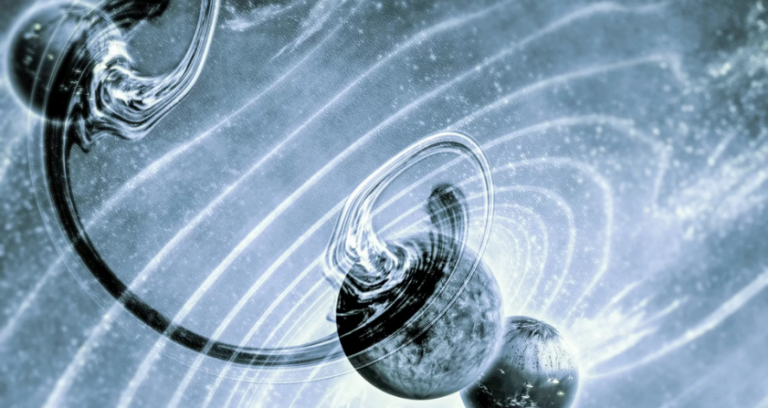Researchers have developed a new, unspeakably dangerous, and incredibly slow method of crossing the universe. It involves wormholes linking special black holes that probably don’t exist. And it might explain what’s really going on when physicists quantum-teleport information from one point to another — from the perspective of the teleported bit of information.
Daniel Jafferis, a Harvard University physicist, described the proposed method at a talk April 13 here at a meeting of the American Physical Society. This method, he told his assembled colleagues, involves two black holes that are entangled so that they are connected across space and time.
What’s a wormhole?
Their idea solves a long-standing problem: When something enters a wormhole, it requires negative energy to exit the other side. (Under normal circumstances, the shape of space-time at a wormhole’s exit make it impossible to pass through. But a substance with negative energy could, in theory, overcome that obstacle.) But nothing in the physics of gravity and space-time — the physics that describes wormholes — allows for those sorts of negative-energy pulses. So wormholes are impossible to actually pass through.
Read more HERE
Ask me anything
Explore related questions





